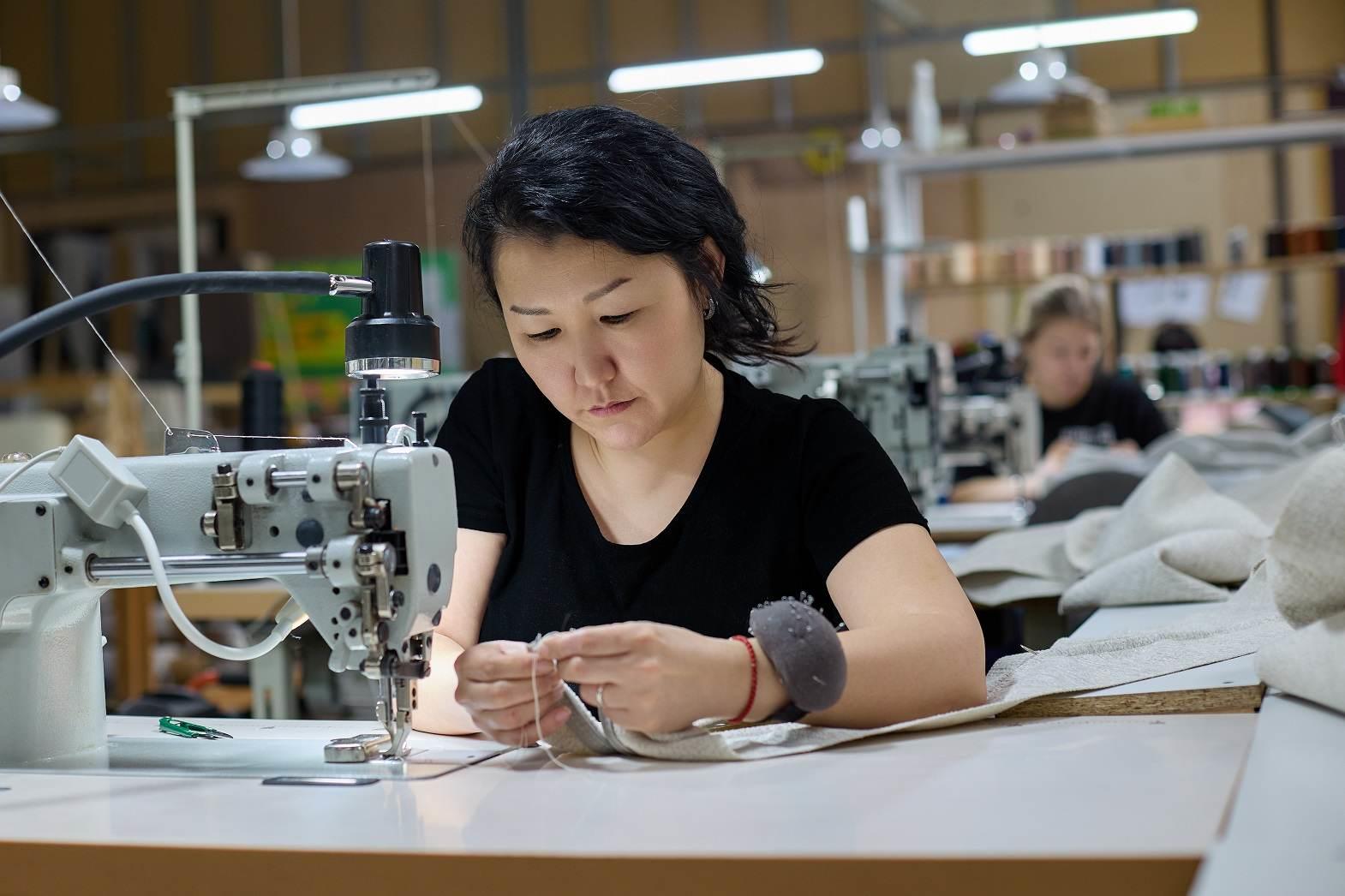A decade has passed since China entered the WTO. How did this decision alter the textile industry of the dragon nation?
China entered the WTO on 11th December 2011. A decade has passed away, during which the country's textile sector has gone through a rapid transformation. Though the ten-year period had been a roller coaster ride for the nation, its textile sector had been able to make maximum utilization of the opportunities. Modifying its industrial structure, the country has established itself strongly in the global market. The dragon nation has also been proactive in handling various legal issues. Thus it has transformed into a global powerhouse for textile and apparels.
China's textile and garment industry has gone through a drastic growth during the past years. The country accounts for 40% of the total fiber output of the world. It also takes the lead in the manufacture of chemical fibers, yarns, and garments. The country's state-owned enterprises have been renewed, and its infrastructure was modified. Integrating its composition into the global economy, the Chinese textile industry has achieved remarkable success during the past years.
During 2001, China invested RMB 43 billion in their textile sector. This witnessed a drastic increase of RMB 403.7 billion in 2010, exhibiting a growth rate of more than 8%. China's entry into the WTO has created a much favorable atmosphere for the country's textile and apparel export sector. Evidently, its exports rose from USD 54.3 billion during 2001 to reach USD 212 billion in 2010. The global market share of China's textile and apparel exports during 2010 was 33%.
The 11th & 12th Five Year Plan:
The 11th Five Year Plan (2006-2011) had created significant results in bringing the concept of harmonious society. The plan accelerated China's textile sector performance, making it the second largest economy in the world.
China passed the 12th Five Year Plan on March 14th, 2011, mainly addressing the inequalities and creating options for a more sustainable environment, equal distribution of wealth, increased domestic consumption, and enhancing social infrastructure. The 12th Five Year Plan proposes a Technical Progress Outline for textile industries with an intention to make China take over the global textile industry by 2020. These five years would be crucial for China to intensify industrial restructuring and upgrading. It would ultimately speed up the growth of textile industries, making China a dominating player in the global textile and apparel market.
China is chalking plans to focus more on recycling textiles, to save energy, and also work on environmental concerns. The global textile industry is predicted to have a growth rate of 6.5%. This eco-concern of China would create a favorable environment in China's textile industry and gain a profitable access for the country in the worldwide market.
Industry Competitiveness:
There has been a significant change in the wage structure of China during these 10 years, though wage rates are still lesser in comparison with many other developed countries. It has a most comprehensive industrial chain of weaving and dyeing. Manufacturing non woven fabrics, dyeing, and printing have gone through technological up gradations resulting in fast growth and increased output.
China's textile and apparel industry went on a high growth trajectory during the post quota period. Though the journey was not much smooth putting China under WTO restrictions, still its exports grew year after year. Post quota period saw WTO members imposing safeguard rules for Chinese made textiles, and apparel. The rule empowered any WTO member country to temporarily restrict Chinese import of textile and apparels, provided they cause disruption in any way. Regulations such as REACH, eco-friendly label for apparels etc., which originated in the global market, also brought some pressure on the Chinese apparel industry.
China developing into a global powerhouse:
After the WTO concurrence, China has undergone rapid development. Competition is getting fiercer, and the country needs to focus more on the quality aspect. China needs to change its impression from being a low to medium range textile and apparel manufacturer to become a high end apparel maker. The 12th Five Year Plan of China proposes to make a breakthrough in 50 technologies mainly in textile related areas such as spinning, weaving, dyeing, printing, textile processing, with utmost preference given to environmentally friendly methods adopted in the same. With a prediction of growth potential in the global textile and apparel market place, China has good potential to dominate the market by focusing on these areas.
China, in the coming years would put its best foot forward in promoting technical advancements and developing the country's economy. It would use all favorable conditions to maintain its current position as a key player in the global textile and apparel market.
References:
1) Adsaleata.com
2) China.org.cn
3) Economist.com








Comments